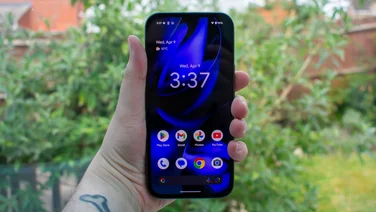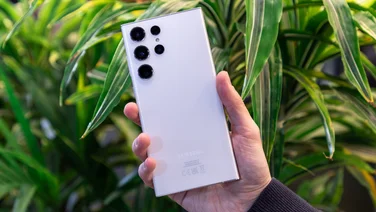To help us provide you with free impartial advice, we may earn a commission if you buy through links on our site. Learn more
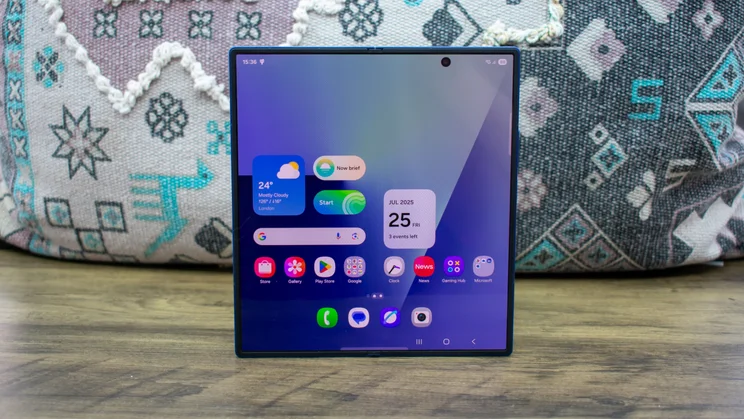
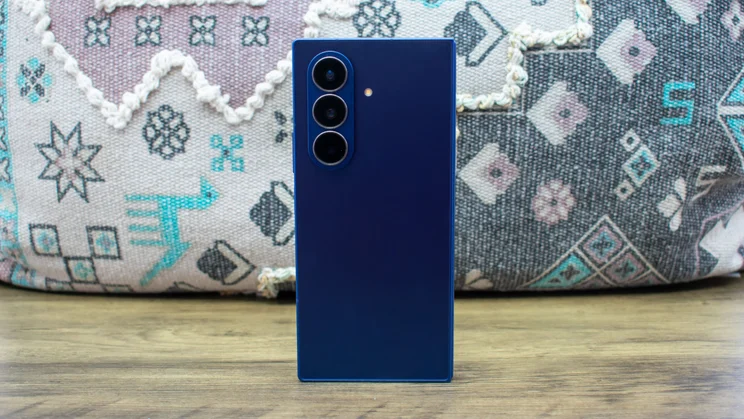
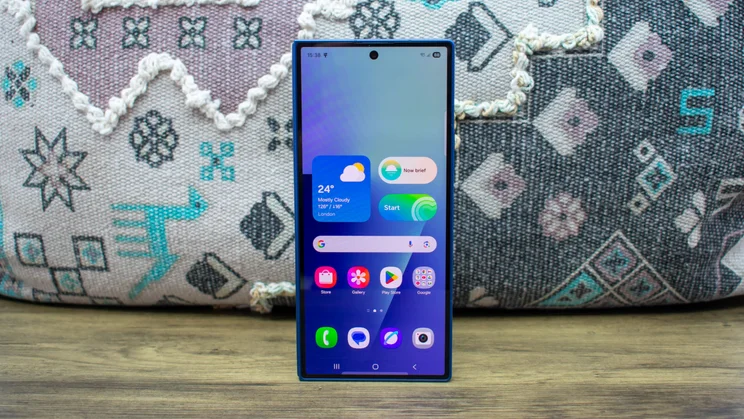
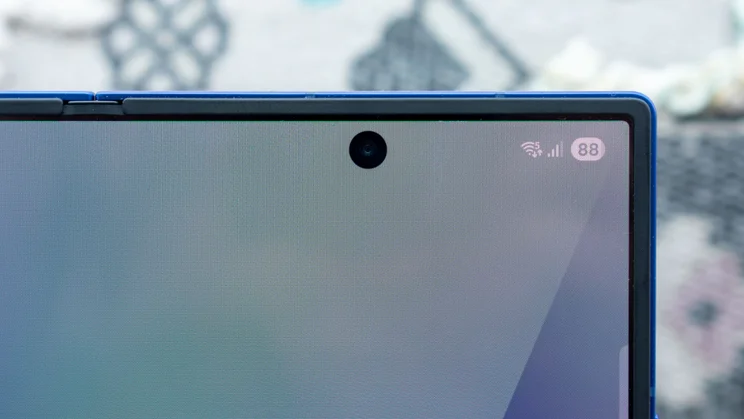

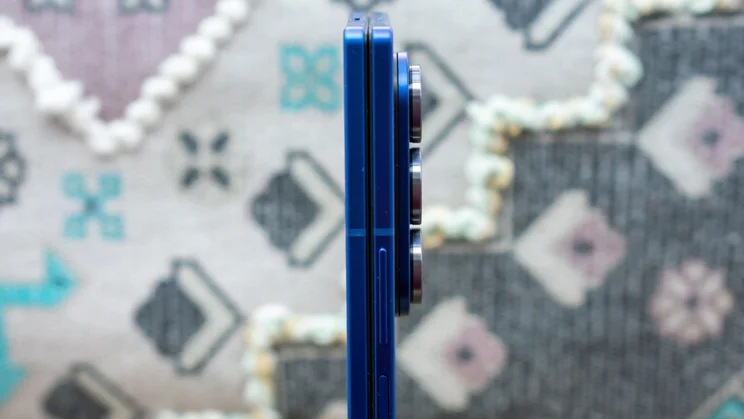
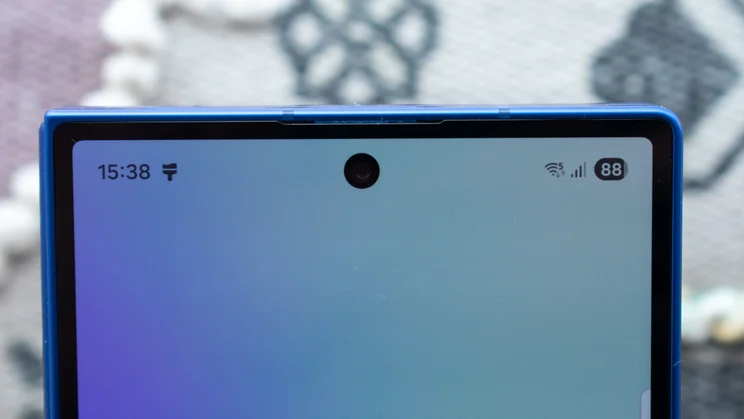
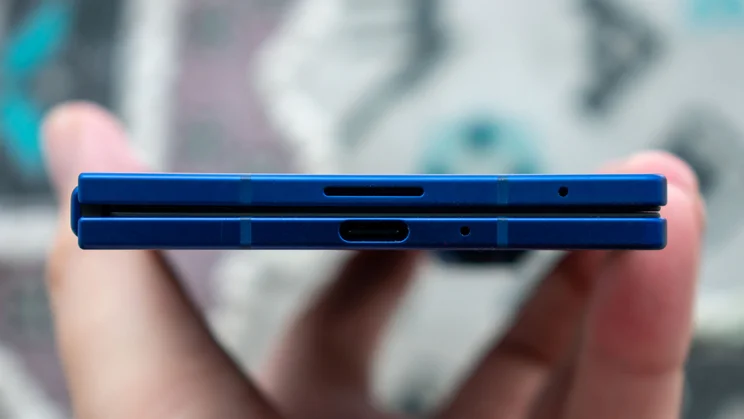
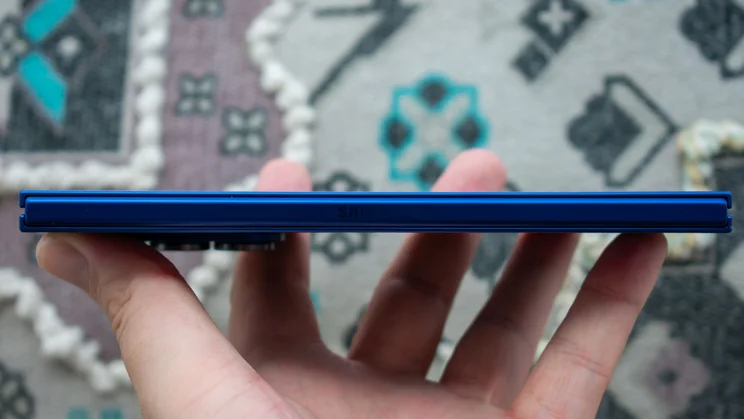
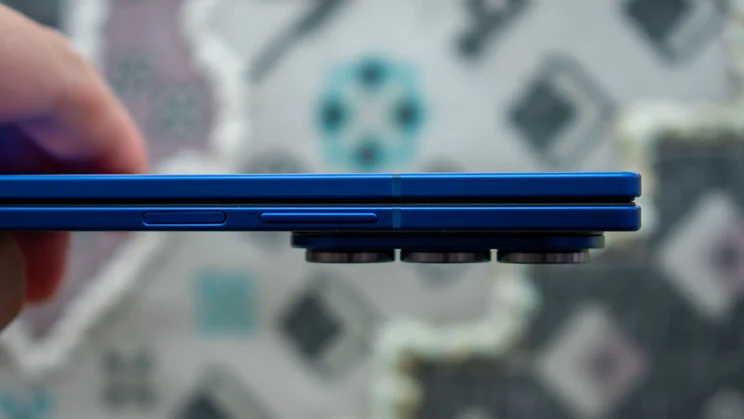
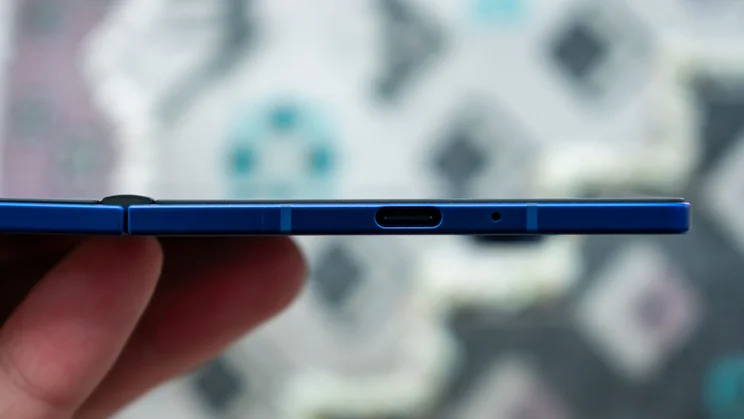
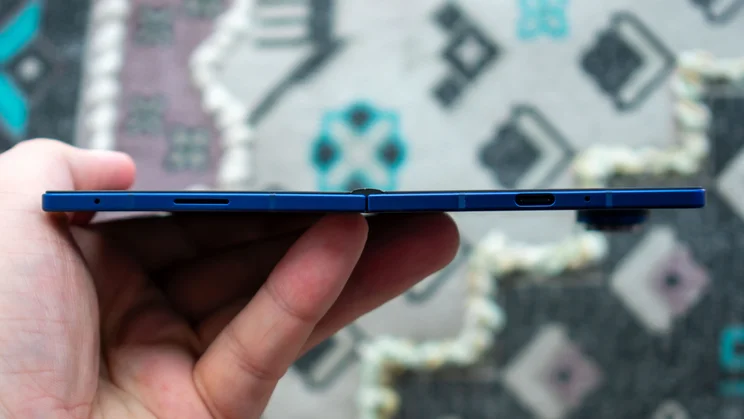
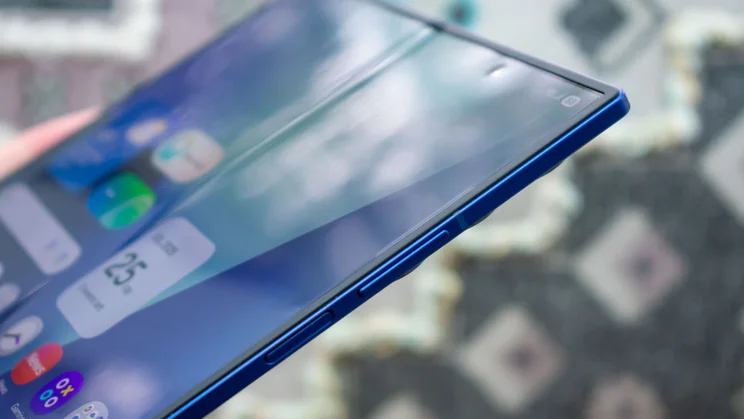
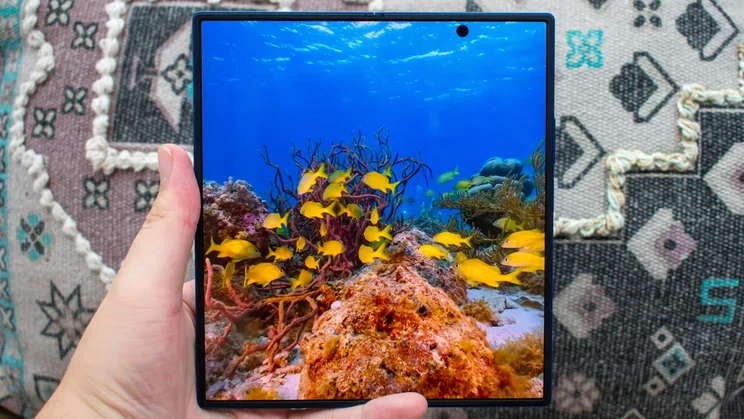
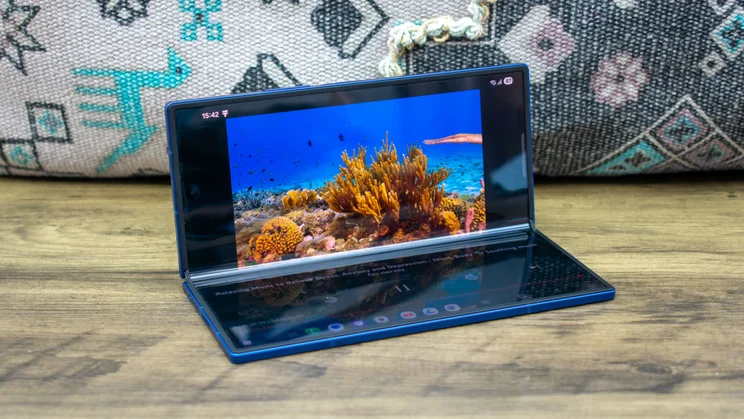
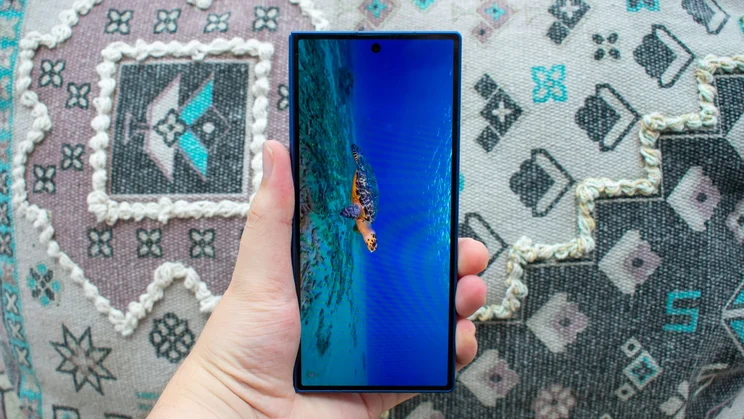
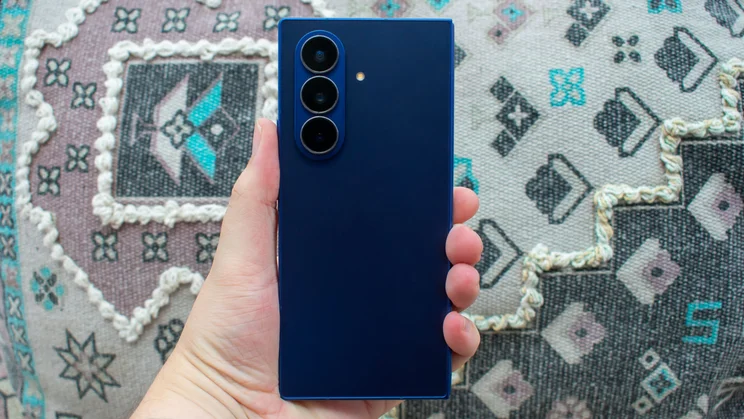
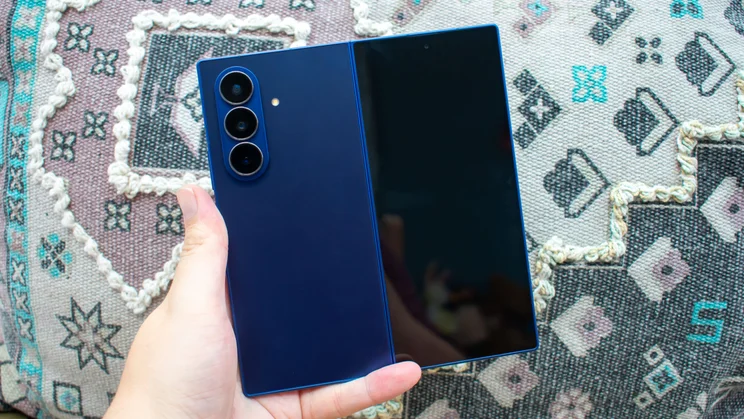

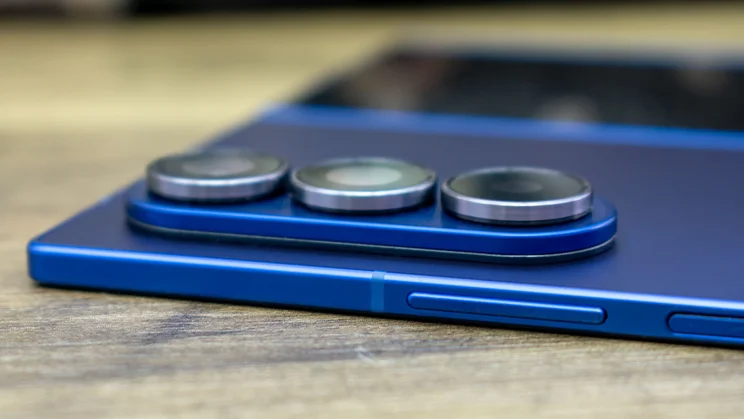
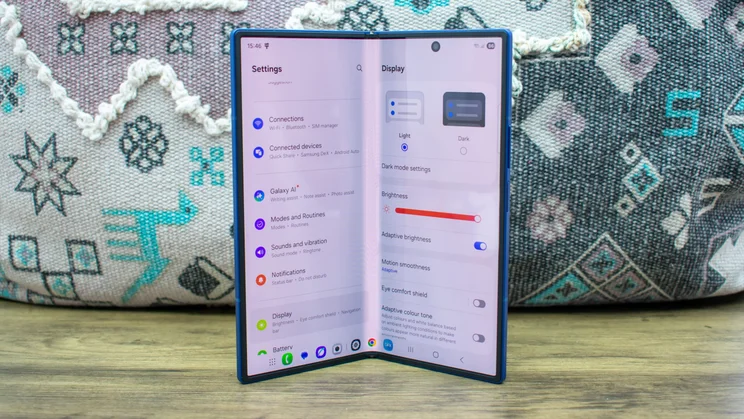

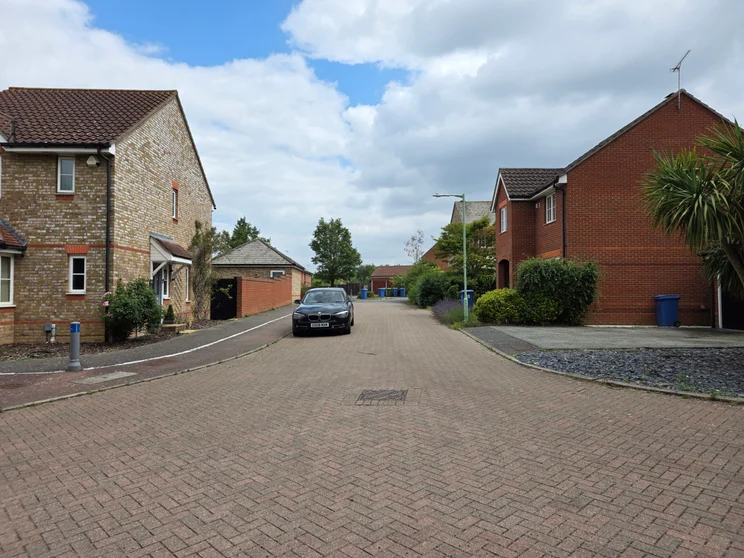


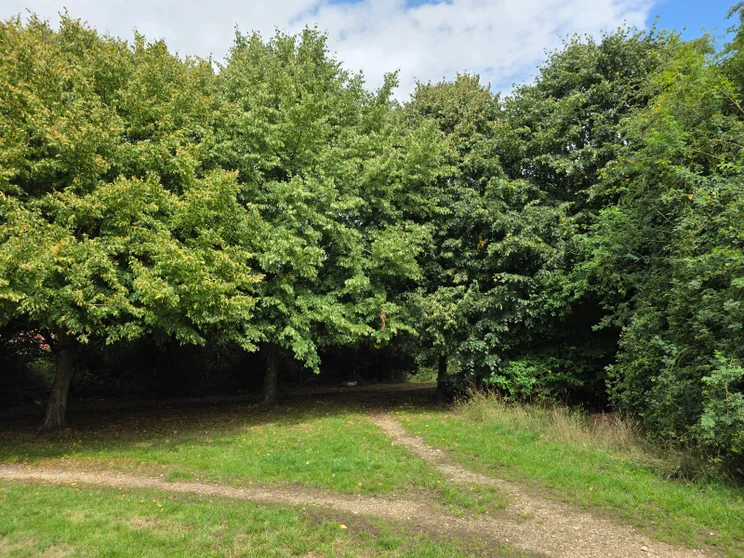
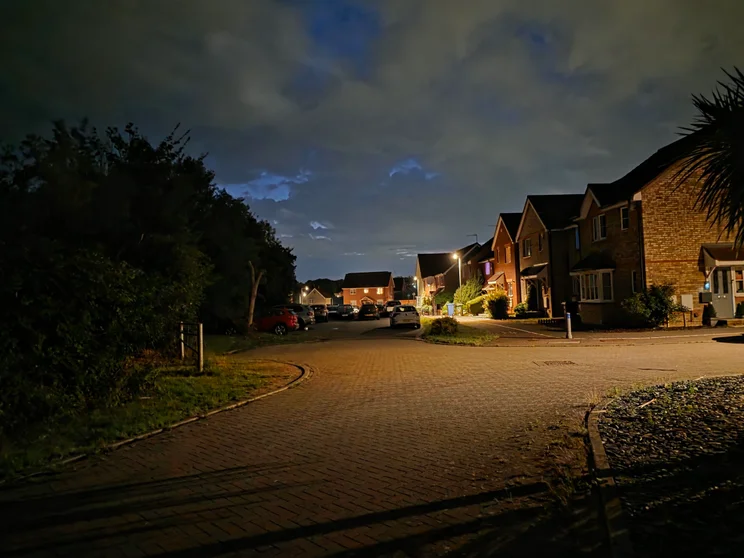

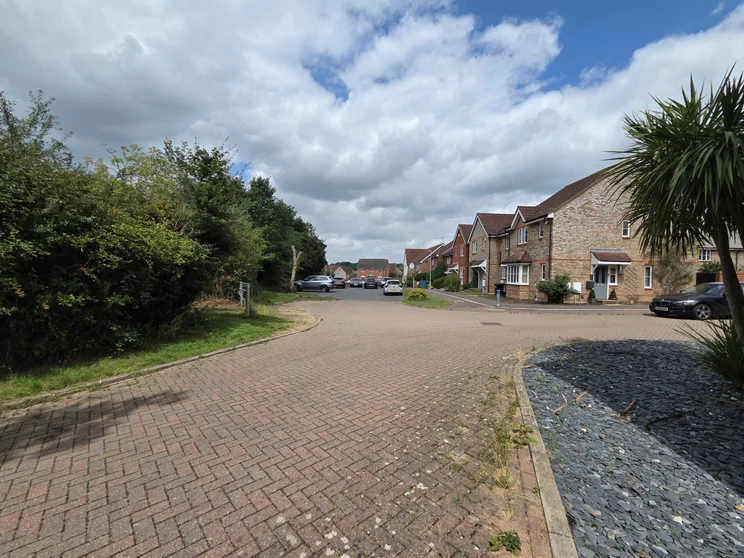


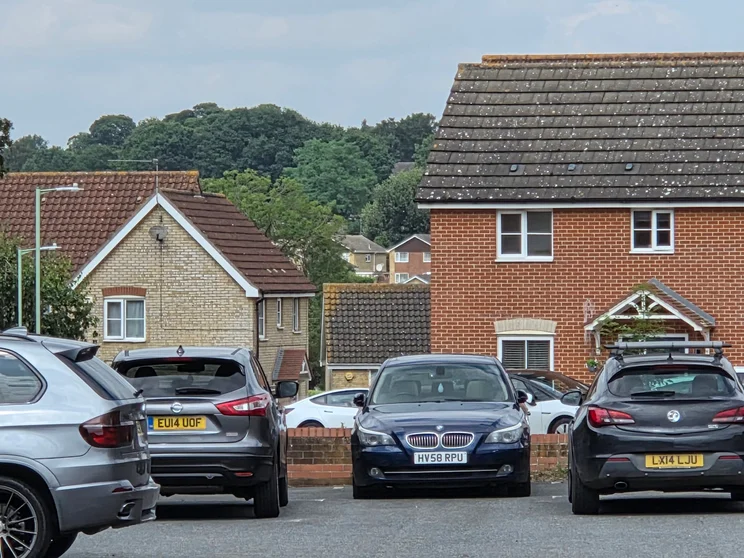

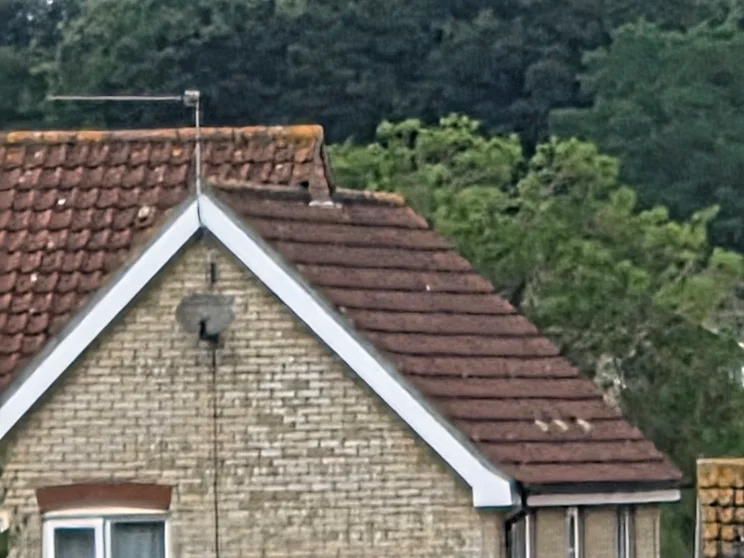
- Incredibly slim and robust design
- The 200MP main camera is excellent
- A seriously powerful piece of kit
- No S Pen support
- Same IP rating as last year
- Rivals are a little cheaper
I’ve historically been fairly lukewarm on this series, but the Samsung Galaxy Z Fold 7 could finally be the phone to change my mind. It’s still a massively expensive foldable, but where previous models have had the issue of being chunkier and heavier than non-folding phones, the Z Fold 7’s design is a lot more streamlined, making it more appealing than ever before.
Throw in a powerful new processor, improved battery life and a massive 200-megapixel main camera, and there are plenty of new features to get excited about.
It’s not all positives, however. Dust and water resistance remain the same as last year, putting Samsung on the back foot against competitors who have improved in this area, and S Pen support has been dropped, removing one of the features that set the Z Fold series apart. It’s undoubtedly my favourite Galaxy Z Fold handset to date – but will it be the best foldable phone of the year?
Samsung Galaxy Z Fold 7 review: What you need to know
Compared to last year’s Galaxy Z Fold 6, where improvements were relatively few, the Samsung Galaxy Z Fold 7 gets several substantial upgrades over its predecessor.


































Both displays are bigger and sharper than before, with the 2,164 x 1,968 internal screen growing from 7.6in to 8in, and the cover screen getting bumped up from 6.3in to 6.5in and seeing its resolution increased to 2,520 x 1,080.
The new processor is the immensely powerful Snapdragon 8 Elite for Galaxy, clocked up to 4.47GHz. You can once again pair it with 256GB or 512GB of storage and 12GB of RAM, but the 1TB model gets a slightly higher 16GB of RAM. The battery is the same 4,300mAh cell as last year, and the charging speeds are unchanged at 25W wired and 15W wireless.
There have been a couple of notable changes in the camera department. The main lens is the big-ticket item here, with the 50-megapixel lens replaced by a massive 200-megapixel one that has a slightly wider aperture of f/1.7 and a larger 1/1.3in sensor.


































Less important but still notable is that the selfie camera in the internal display has been bumped up from a weedy 4-megapixel shooter to the same 10-megapixel (f/2.2) camera used on the cover display. However, the downside to that is that it’s no longer an under-display camera, instead sitting in a hole-punch notch atop the right side of the screen.
Price and competition
In what is unfortunately becoming more rare in this industry, the Z Fold 7 starts at the same price as its predecessor. That’s good because even that price is exorbitantly expensive.
£1,799 will snag you the entry-level model with 12GB of RAM and 256GB of storage, while the 12GB/512GB model is £1,899. The top-end version with 1TB of storage and 16GB of RAM, however, is a little more expensive than last year, now an eye-watering £2,149 – though as mentioned, you are getting more RAM this time.


































The major competition comes from Honor and Google, with last year’s models both going for a fair bit less than this – the Magic V3 is currently £1,246 and the Pixel 9 Pro Fold is £1,399 – but both brands are due to release their latest foldables very soon, so I’d hold off for a few weeks if you want to assess the strength of the competition before laying down four figures. Especially considering that both may well be cheaper than Samsung’s offering.
Design and key features
Until Honor releases the Magic V5 later this summer, Samsung now holds the title as the slimmest foldable phone on the market. Folded, the Galaxy Z Fold 7 measures just 8.9mm thick, and it unfolds to a ludicrously slim 4.2mm. That’s 3.2mm thinner than the Z Fold 6 when folded and 1.4mm thinner unfolded.


































It’s also the lightest foldable in town, weighing just 215g. By comparison, the Z Fold 6 weighs 239g and even the non-folding Samsung Galaxy S25 Ultra weighs 218g and measures 8.2mm thick – so we’re finally at a point where foldable phones can compete with traditional models for pocketability.
Those skinny edges are once again dead flat and made with Samsung’s sturdy Armor Aluminium. The layer of Gorilla Glass Victus 2 on the back returns, too, but the glass over the cover display has been upgraded from Victus 2 to Gorilla Glass Ceramic 2, offering improved scratch protection.
One area that would have been great to see improvements in is the dust and water resistance rating; unfortunately, the Z Fold 7 is rated the same IP48 as the Z Fold 6. This means that it can survive submersion in 1.5m of water for up to 30 minutes, which is great, but it’s only resistant to particles over 1mm in diameter, so isn’t fully dust-tight.


































Otherwise, the design is just as premium as ever, with a swatch of new colours to choose from; my review unit came in the gorgeous Blue Shadow, but you can also get it in Jet Black and Silver Shadow at all retailers, or Mint directly from Samsung.
The redesigned hinge operates smoothly and generally feels very sturdy, and the display crease is so discreet it’s barely worth mentioning. The only issue I had with the hinge was that it doesn’t have as strong a hold as its predecessor. It sits fine up to around a 110° angle, but try and tilt it to 135° to watch a movie on the train, for instance, and it will snap fully open.
My only other criticism of the design dates back to previous models, and it’s the power button. While the volume key protrudes from the edge and is easy to find without looking at it, the power button is near-enough flush, so it can be fiddly to locate when you aren’t looking at it. By comparison, the S25 Ultra’s power button sticks out a little, which I much prefer.


































As for the software, the Z Fold 7 is one of the first new phones to run Android 16 out of the box, with Samsung’s OneUI 8.0 launcher sitting on top. This is a slick and speedy OS, but a couple of things irk me about it, namely the Apple-esque split notification windows and the app drawer not being organised alphabetically as standard.
Still, you get seven years of software support, matching Google and Honor at the top of the class, and the features are fairly seamless. You get the Now Brief lockscreen updates as standard, and Google’s Gemini Live is supported, too. There are also a couple of new camera editing features, including eraser suggestions and automatic background noise removal for your videos.
Displays
Both displays are Samsung’s own Dynamic AMOLED 2X panels, with essentially perfect black and contrast levels and LTPO refresh rates that can adjust on the fly between 1 and 120Hz. As well as being big and sharp, these screens get decently bright; on adaptive brightness with a torch shining on the light sensor, the cover screen hit 1,081cd/m2 and the inner screen was even better, reaching 1,322cd/m2.
Colour accuracy has never been a particular concern of Samsung screens, so we don’t have pinpoint perfection here – but nor is it errant enough for colours to look out of place. On the natural profile, which targets the sRGB colour space, the cover screen returned an average Delta E colour variance score of 1.61, while the inner display was measured at 1.79. The target here is 1 or under, but these scores are in the right ballpark, and most people will likely stick to the bold, punchy colours of the default Vivid profile anyway.


































My only real criticism of the display is that Samsung has removed the digitiser layer on the internal display that recognises input from the S Pen stylus. In short, you can’t use the S Pen with the Z Fold 7, which is a real shame as the larger internal display naturally lends itself to doodling and the like. This feels like one of the sacrifices made to hit the slimmer build, which is understandable, but it’s disappointing all the same.
Performance and battery life
The Snapdragon 8 Elite dominates on non-folding phones, so, unsurprisingly, it also blows the foldable competition out of the water. In the Geekbench 6 CPU tests, the Z Fold 7 bested its predecessor by 18% in the multi-core benchmarks (though single-core results were broadly the same) and pulled even further ahead of the Pixel 9 Pro Fold and Honor Magic V3, with multi-core results that were 104% and 47% better, respectively.
I don’t expect that the Google Pixel 10 Pro Fold’s Tensor chipset will have a horse in this race, but it will be interesting to see how the Honor Magic V5 compares, as it also uses the 8 Elite chipset. For now, however, the Z Fold 7 is the most powerful foldable phone that you can buy.
Things are slightly more complicated in the gaming stakes. The Galaxy Z Fold 7 performed very well in my testing and ran Genshin: Impact on both displays with fluid responsiveness and buttery smoothness. In the GFXBench tests, however, it scored a little lower than its predecessor. These results are so close that you’re going to get a very similar experience on both devices, and, as you can see below, a non-folding flagship like the Galaxy S25 Ultra still runs rings around foldables when it comes to gaming performance.
The 4,400mAh battery is the same as the Galaxy Z Fold 6, which in itself is an impressive feat, given how much real estate has been shaved off for this generation, but the power efficiency of the Snapdragon 8 Elite helps stretch battery life further than before.
Running our standard looping video test on the main display, the Z Fold 7 lasted for 23hrs 31mins, around an hour better than both its predecessor and the Pixel 9 Pro Fold, and two hours better than the Honor Magic V3. We’ll see if Honor or Google can change this status quo, but for now, the Galaxy Z Fold 7 also has the best battery life of any full-size foldable to date.
The only disappointment here is the charging, which remains at a fairly slow 25W for wired and 15W for wireless. In my testing, the 25W speed got the battery from empty to 50% in 27mins but a full charge took around 1hr 25mins.
Cameras
More megapixels don’t automatically mean better quality, so I was initially sceptical of the Galaxy Z Fold 7’s 200-megapixel main lens. However, it appears to be the same camera used on the Galaxy S25 Ultra, and that’s very good news.
In addition to its oodles of pixels, this camera has a large 1/1.3in sensor, a decently wide f/1.7 aperture and support for both multi-directional phase detection autofocus (PDAF) and optical image stabilisation (OIS). In short, this camera is stuffed to the gills with quality features. This translates to absolutely gorgeous imagery, with razor-sharp detail, punchy colours and broad dynamic range.

Night photography is decent, with solid detail and natural colours, but it sometimes tends to overly brighten images. If you prefer to retain the “night” feel with your low-light shots, you may find the results here a little wanting.

The 10-megapixel (f/2.4) telephoto camera is exactly the same as last year, capturing crisp 3x optical zoom shots (below) and decent hybrid zooms up to around 10x. Beyond that, you’re incrementally losing quality as you edge closer to the 30x maximum.

The 12-megapixel (f/2.2) ultrawide shooter is almost a dead ringer for the Z Fold 6’s, too, though it has a marginally tighter field of view, at 120°, compared to 123°. As before, this is a competent camera but nothing more, broadly matching the colour tone of the main camera but falling short on the detail front.

I always find selfie camera improvements on folding phones relatively unnecessary, as you can easily take higher quality selfies with the rear cameras, but the upgrade here at least means that the quality of your video calls is consistent across both displays.
Finally, video gets a couple of new features to match the rest of Samsung’s flagship range, adding 10-bit HDR and LOG video recording to the repertoire. Alongside the excellent 4K/60fps and 8K/30fps from last year, this is the most well-rounded and versatile video suite on any foldable phone right now.
Samsung Galaxy Z Fold 7 review: Verdict
Tangible hardware upgrades to Samsung phones have been in short supply over the past couple of years, so the Galaxy Z Fold 7 was a pleasant surprise. Alongside the improved processor, we have a design that rivals non-folding flagships for weight and slimness, an excellent new main camera and larger, sharper displays.
The other side of this coin is that some features have been jettisoned to squeeze these upgrades into the skinny new package. Dropping S Pen support feels like a mistake when the big display feels so naturally suited to its use, and Honor will have the edge on dust and water resistance when its IP58/IP59-rated Magic V5 launches in a few weeks.
With Honor nearly matching Samsung on software support, camera quality, design and performance, ditching the S Pen feels like giving away one of Samsung’s few advantages over its closest (and likely cheaper) rival.
I’m happy to say that the Galaxy Z Fold 7 is a fantastic foldable phone and Samsung’s best to date – but I’m not convinced that it will remain the top choice in the UK once the Magic V5 hits our shelves.



